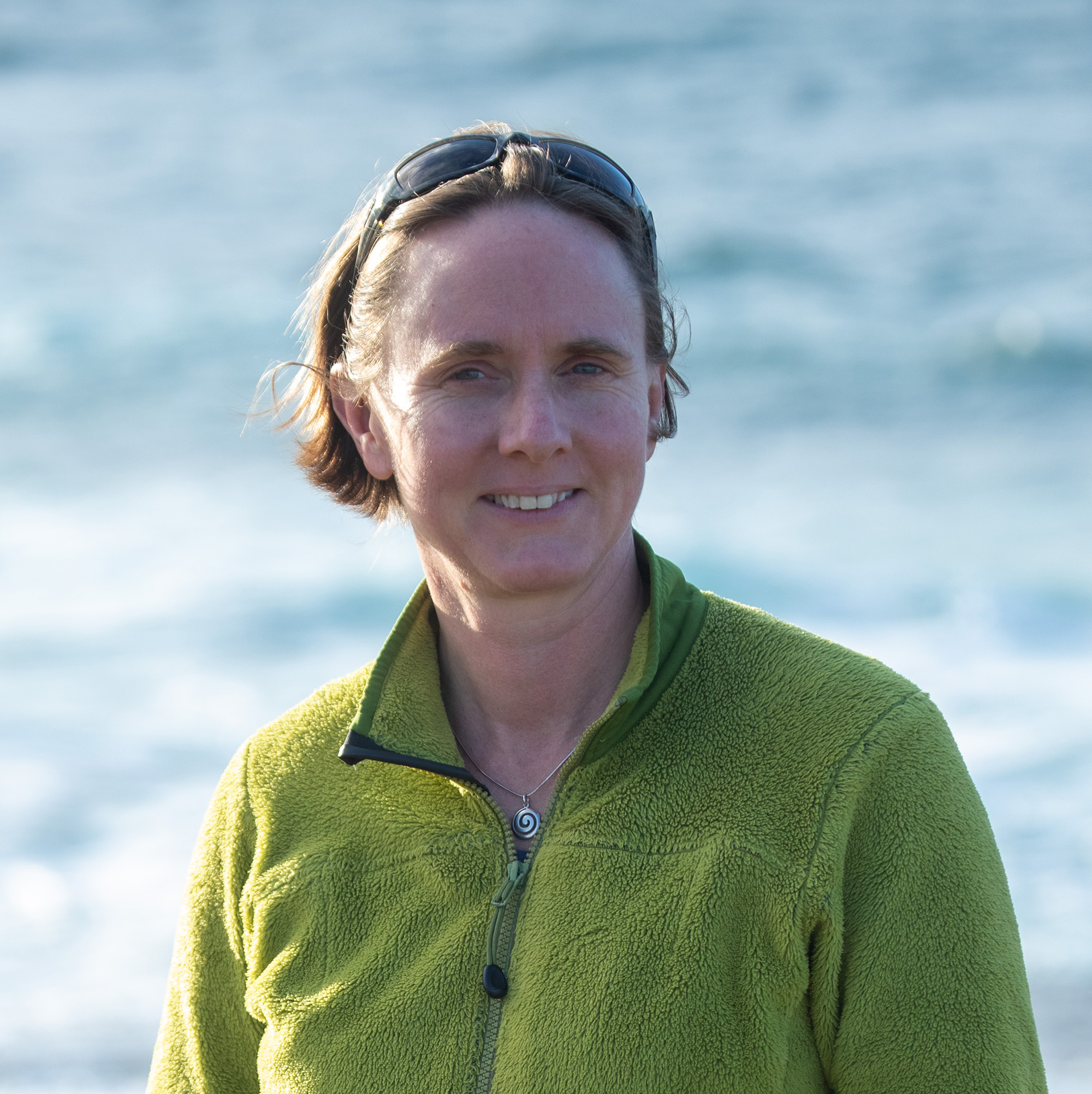Everyone has heard of Northern Ireland’s Giant’s Causeway, while Binevenagh remains relatively unknown.
Yet both are impressive volcanic landscapes, created by the same lava flows that poured over the Antrim Plateau some 60 million years ago.
Where is Binevenagh?
Binevenagh is in County Londonderry in Northern Ireland
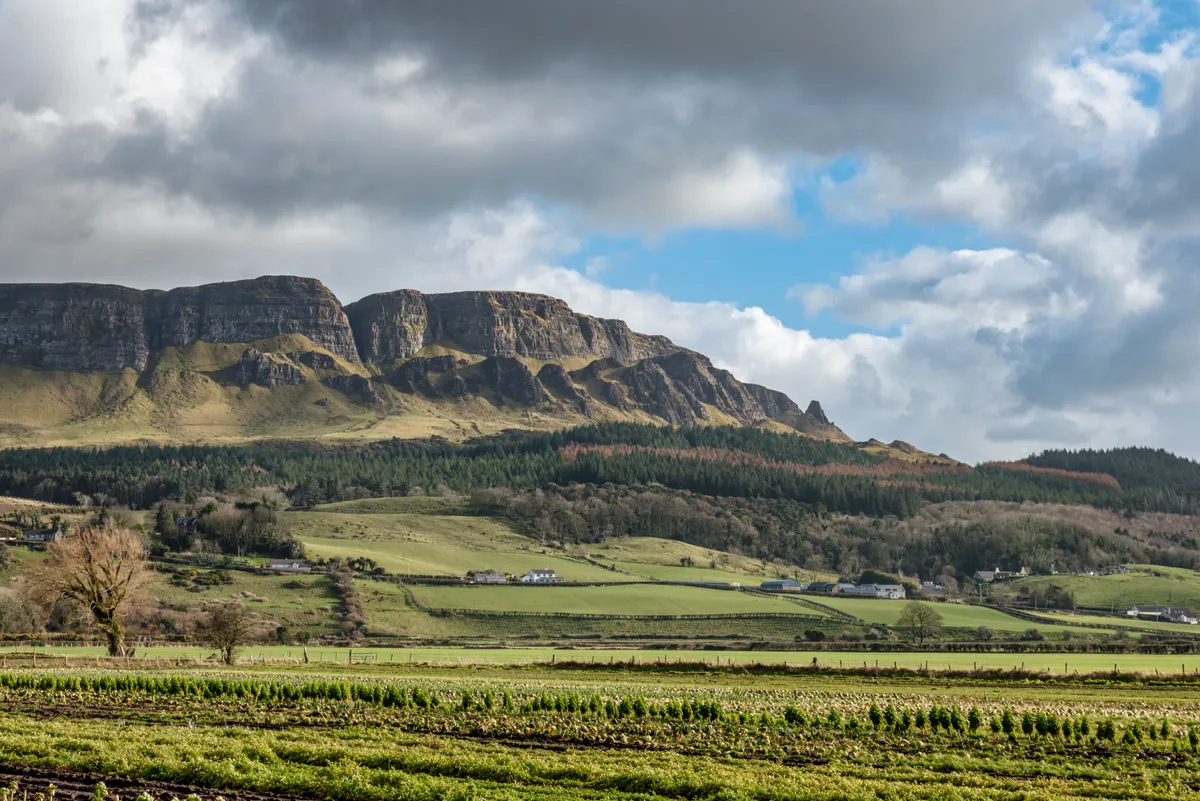
Binevenagh: what to see and do
Binevenagh Mountain
The six-mile long plateau and cliffs of Binevenagh Mountain were formed 60 million years ago by molten lava. They form the western extend of the Antrim Plateau and today are recognised as both an Area of Special Scientific Interest and as an Area of Outstanding Natural Beauty.
The 385m top of Binevenagh is well worth a visit for its fine views across of the surrounding countryside and North Atlantic Sea.
Binevenagh Lake
The is an artificial lake on top of Binevenagh. Steep cliffs drop away to the north and west, with views down to Benone Strand and Maggillian Point.
There is a car park on the eastern shore of the lake.
BinevenaghForest
To the east of the lake is Binevenagh Forest. A three-mile circular walk allows visitors to explore the coniferous forest.
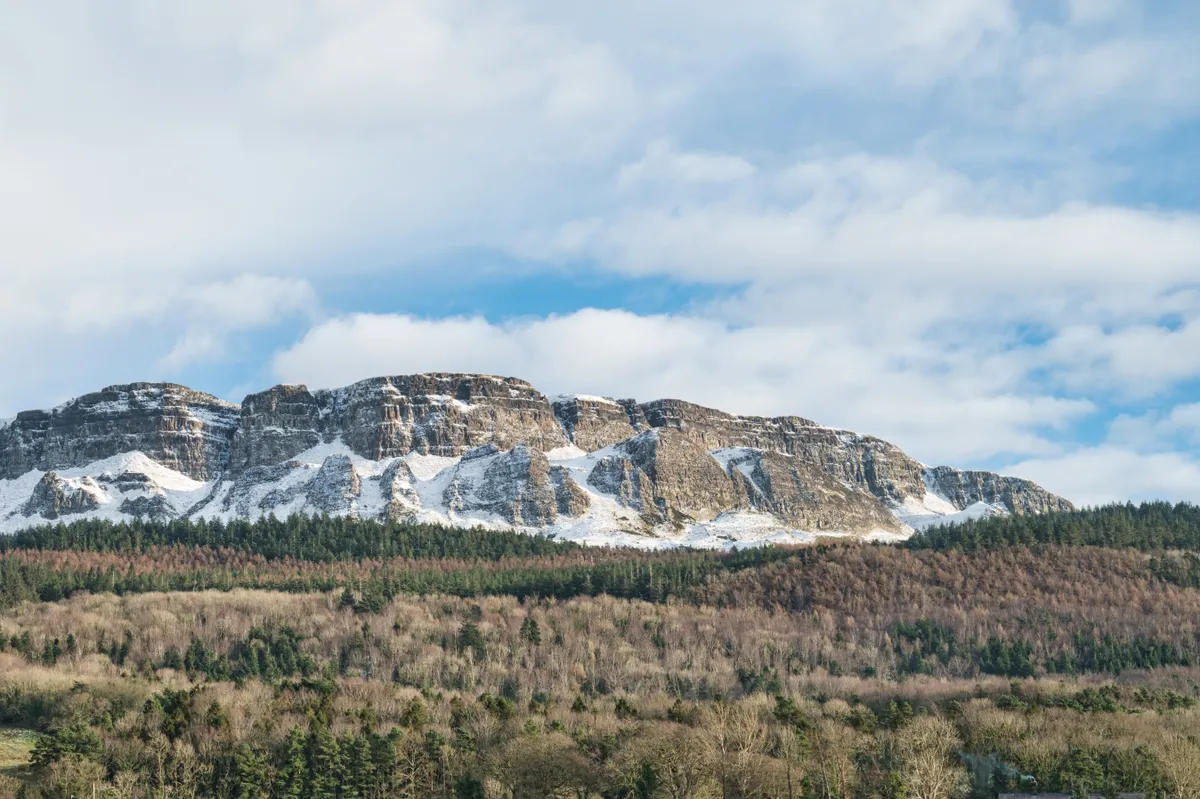
Binevenagh viewpoints
There are a number of outstanding viewpoints in the Binevenagh area.
From the top of the precipice, wonderful sea views stretch north over Magilligan Point, one of the largest sand dune systems in the British Isles.
Those driving the Binevenagh Loop (part of the Causeway Coastal Route) may wish to stop at Gortmore Viewpoint on the Bishop's Road. From here you can gaze out across Donegal and the Scottish islands of Islay and Jura.
Binevenagh walk
For a complete exploration of the area, try an unsigned walking circuit from the upper, lake-side car park. Descend steeply north along the edge of the escarpment, explore the base of the cliffs, then climb back up through a mountain gully. Remember to take care near the cliff edge.
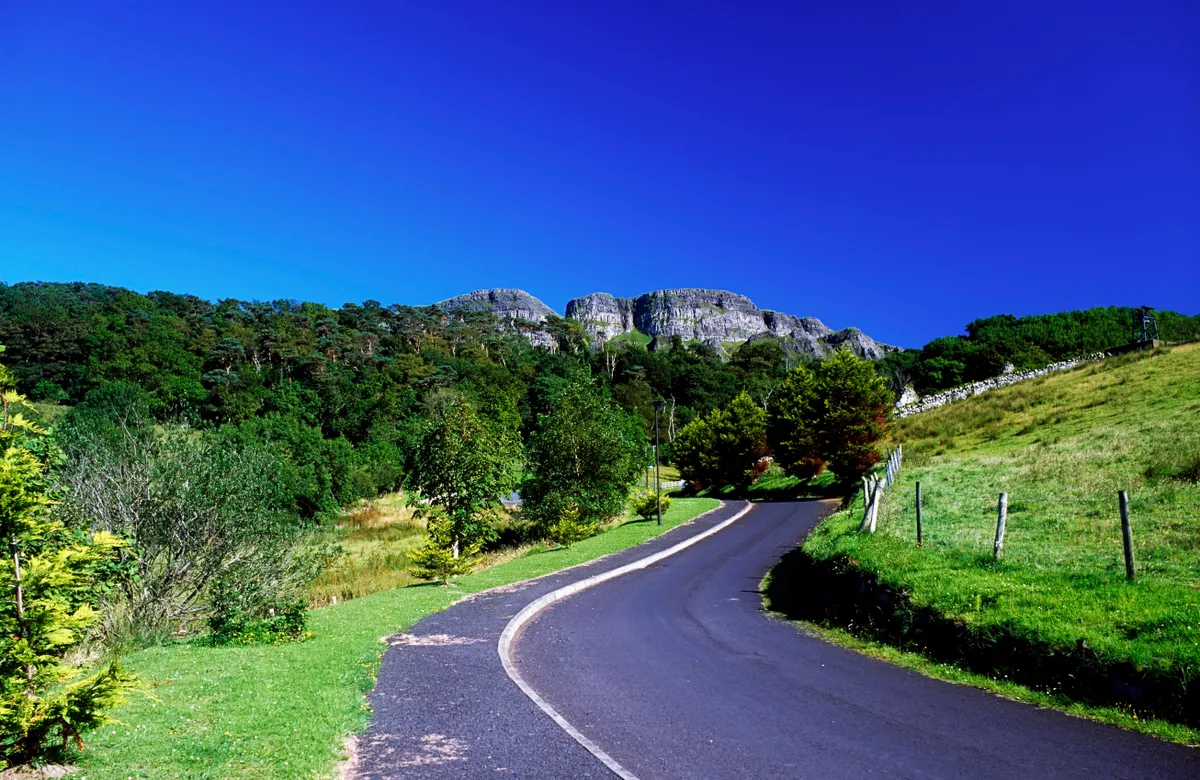
Binevenagh wildlife
The fascinating geology of Binevenagh’s basalt cliffs combines with a unique combination of Arctic-alpine and coastal flora, which peaks in late spring and early summer.
Avian visitors are a mixture of mountain and coastal species too, with kittiwakes sharing the skies with buzzards and peregrine falcons.
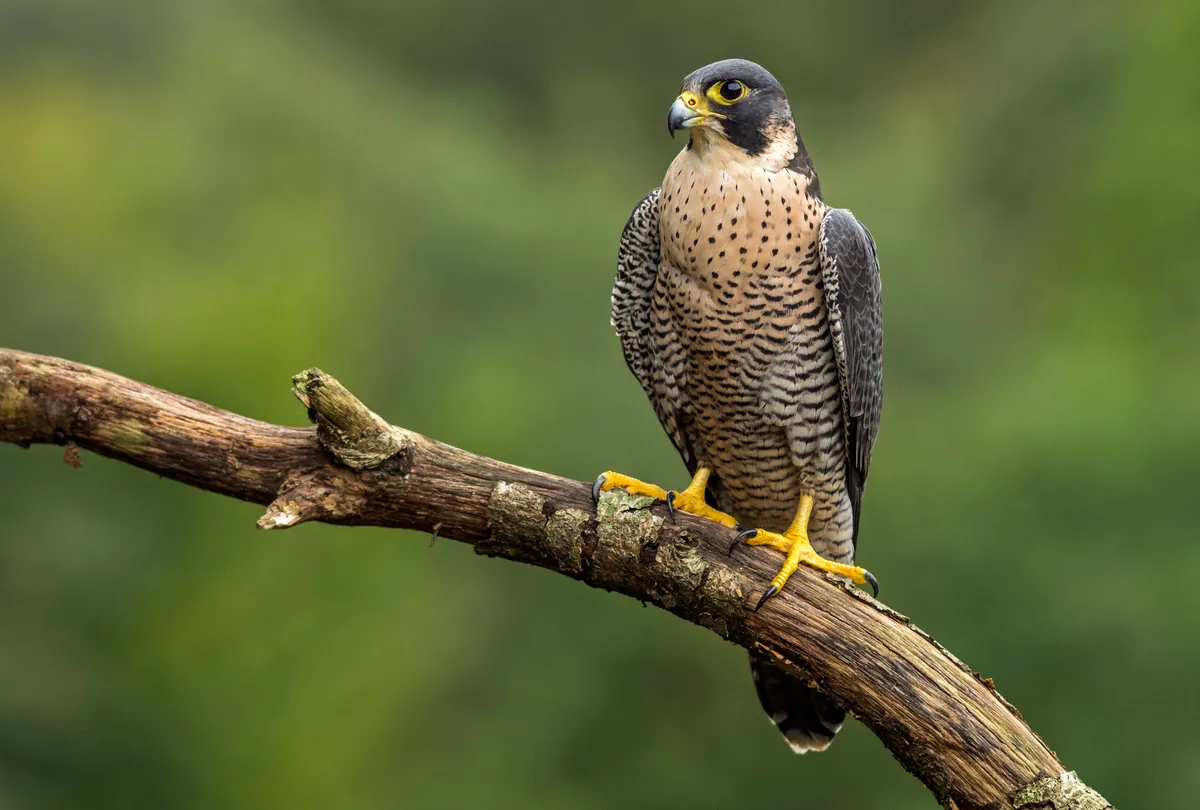
Looking for more walks in Northern Ireland? Check out our guided routes at Murlough National Nature Reserve, Glenariff Forest Park and Carrick-a-Rede.
